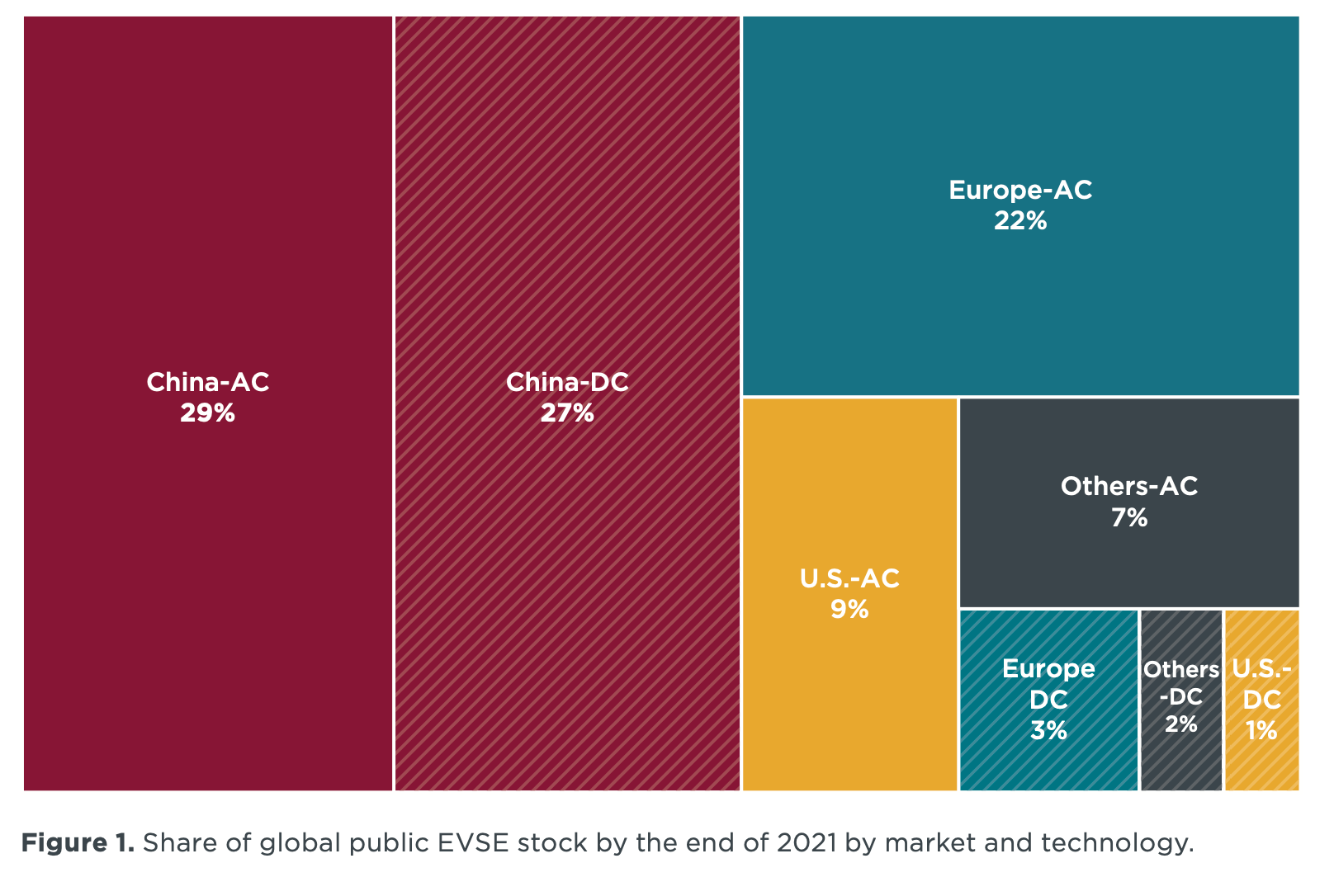European Charging Infrastructure A Long Way From Great
Looking at the charging infrastructure in Europe is not something that makes you happy. A new website shows just how bad the situation is. Read More

Looking at the charging infrastructure in Europe is not something that makes you happy. A new website shows just how bad the situation is. Read More

Europe's aim to become a leader in battery production for electric vehicles is at risk due to the US Inflation Reduction Act, which is pouring at least $150 billion into battery components and metals manufactured in the US or friendly countries, according to a report by Transport and Environment (T&E). Read More

This report by T&E analyses the risk to Europe's 1.8 TWh battery factory pipeline potential due to factors such as US subsidies and project maturity, funding, permits and links to the US. It reveals that almost 70% of the potential battery cell supply in Europe is at risk of being delayed, scaled down or not realised at all if further action is not taken. Read More

To reach net zero by 2050, all cars sold from 2035 must be electric vehicles (EVs). That is the prediction by the International Energy Agency (IEA). This requires more than 70 million batteries a year for consumer EVs alone. This means demand for batteries will grow exponentially in the coming years. Read More
The Inflation Reduction Act (IRA) of 2022 will boost Electric vehicle (EV) sales for consumers in the United States. The $370 billion allocated to climate and clean energy investments expands tax credits and incentives to deploy more clean vehicles, including commercial vehicles. Moreover, it supports a domestic EV supply chain and charging infrastructure buildout. Read More
Anyone familiar with a wood-burning stove has no doubt become accustomed to the slight panic of seeing the initial ferocity of the flames dwindle following the fire's combustion of both firelighter and kindling. Left with the conundrum of adding more fuel, or remaining confident that the slow-burning stove has amassed enough energy to reach that crucial infection point where the stove radiates with little more effort, is a similar position many European governments currently find themselves. Read More

In January 2023, the European Union passenger car market grew by 11.3% to reach 760,041 units, indicating a strong start to the new year. However, it is important to note that the record low January volume in 2022 was due to an exceptionally low comparison base. During the first month of 2023, registrations of battery electric and hybrid passenger cars increased in the EU, accounting for 9.5% and 26.0% of the market, respectively. Nonetheless, gasoline remained the most commonly used fuel type for newly registered cars in the EU, with a market share of 37.9%. Read More

China is at the forefront of the global shift towards electric automobiles (EVs). The growth of China's EV market has been thoroughly examined with recent data, and it is important to keep track of and assess this progress. Since the creation of this infrastructure is a requirement for EVs to become successful in the mainstream market, there have been few studies that quantitatively analyze China's development of EV charging infrastructure. A report* was prepared by the ICCT to help close the gap in knowledge about public charging infrastructure for EVs at the end of 2021. It provides a statistical overview of the best available data, focusing on China but including some comparisons to infrastructure in other regions. Read More

In the final three months of 2022, the number of new vehicle registrations increased, concluding the year at a total of 2,530,000. Despite the fact that several manufacturers experienced a decrease in sales in comparison to 2021, the aggregate 5% decline for 2022 was smaller than the 10% decline observed in the third quarter. Stellantis and Volvo had notably fewer new registrations than the previous year, with a decrease of 15% and 8% respectively. On the other hand, the Tesla-Honda pool saw a positive outcome, ending the year with an increase of 26%. Read More

A recent analysis from BloombergNEF reveals that worldwide spending on electric transportation reached $466 billion in 2022, representing a 54% increase compared to 2021. China was particularly prominent in this shift, accounting for the majority of this expenditure (55%) in the Asia-Pacific region. Notably, the $466 billion invested in electric transport in 2022 accounted for 42% of the total global investment in the energy transition of $1.1 trillion, second only to the $495 billion invested in renewables. Read More
